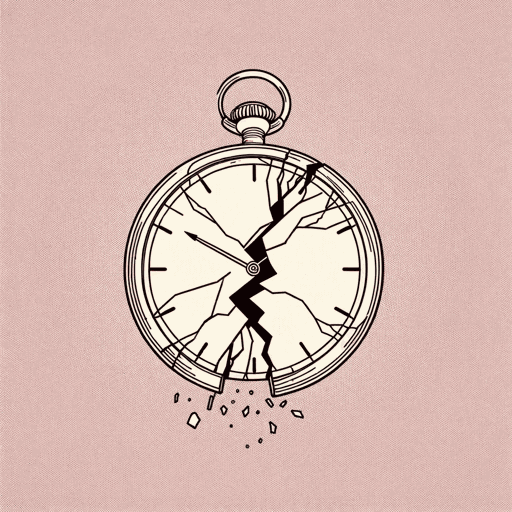50 pages • 1 hour read
Alan Moore, Illustr. Dave GibbonsWatchmen
Fiction | Graphic Novel/Book | YA | Published in 1986A modern alternative to SparkNotes and CliffsNotes, SuperSummary offers high-quality Study Guides with detailed chapter summaries and analysis of major themes, characters, and more.
Themes
The Absurdity of Costumed Crimefighting
Content Warning: This section of the guide contains depictions of graphic violence, violence against animals, suicide, alcohol addiction, and attempted rape. The source text also contains outdated, racist, and misogynistic language, which is reproduced in this guide only through quotations.
Watchmen earned its status as a classic of the superhero genre by turning its standard tropes upside down. Early on, the text makes note of the fact that costumed heroes disproportionately suffer tragic fates in the form of alcoholism, an early death at the hands of a villain, a murderous sex scandal, and—for the few that survive into old age—dreary lives feeding off nostalgia for bygone times. Hollis Mason, a generally sympathetic character and chief chronicler of the early costumed hero era, admits that the motives for costumed crimefighting range from psychological fixations to ideological fanaticism: “We were crazy, we were kinky, we were Nazis, all those things that people say. We were also doing something because we believed in it” (72). The latter part of that sentence conveys a noble sentiment but implies that heroes’ deeply held beliefs consisted of fascism and white supremacy. In some cases this is overt, such as The Comedian leveraging his talents to the overthrow of left-wing regimes (at tremendous human cost) and Rorschach’s conspiratorial ravings he derives from New Frontiersman, a newspaper that praises both masked vigilantes and the Ku Klux Klan for their shared efforts to “preserve American culture in areas where there were very real dangers of that culture being overrun and mongrelized” (276).


